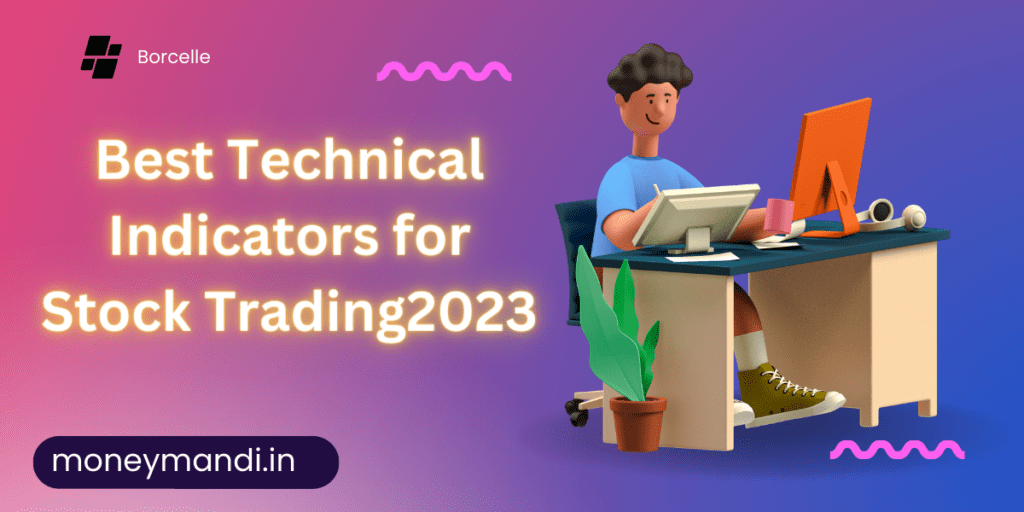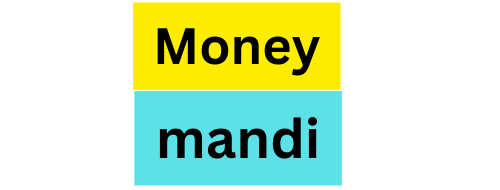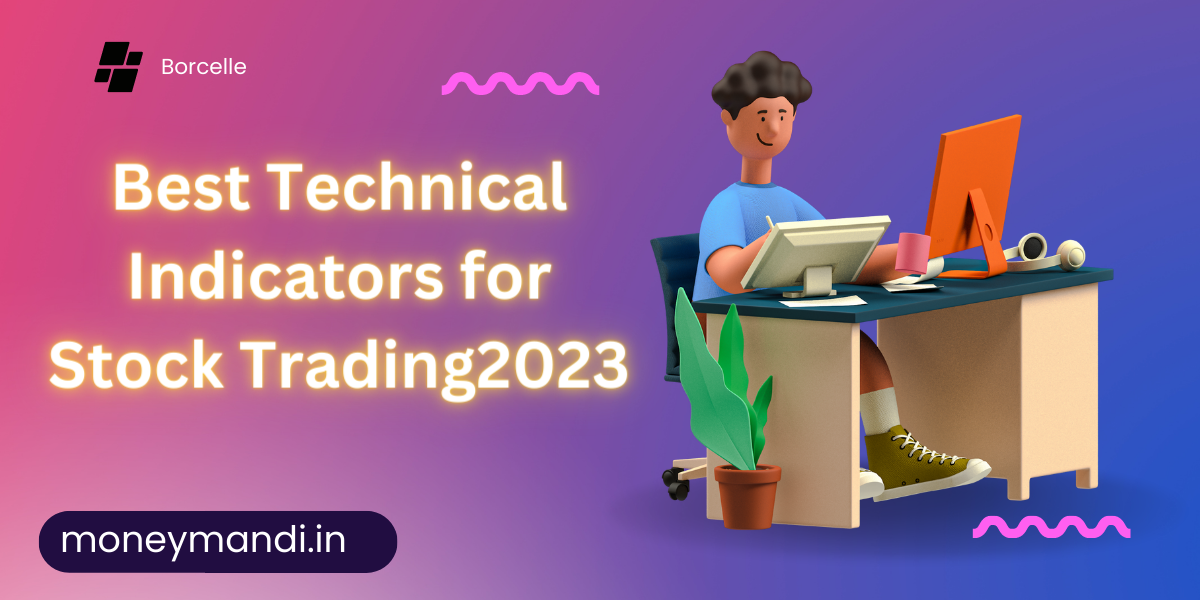Stock trading can be a challenging endeavor, requiring careful analysis and decision-making. Technical indicators play a crucial role in assisting traders by providing valuable insights into market trends and potential price movements.By using the right combination of indicators, traders can enhance their trading strategies and make informed decisions. In this article, we will explore some of the best technical indicators for stock trading and how they can be utilized effectively.Best Technical Indicators for Stock Trading2023
Table of Contents
Introduction
When it comes to analyzing stock market data, technical indicators are powerful tools that help traders identify patterns, trends, and potential entry or exit points. These indicators are mathematical calculations based on historical price and volume data. By plotting these indicators on stock charts, traders can visualize market behavior and make predictions about future price movements.
Moving Averages http://Best Technical Indicators for Stock Trading2023
One of the most widely used technical indicators is moving averages. Moving averages help smooth out price data and provide a clearer view of the underlying trend. There are different types of moving averages, including simple moving averages (SMA), exponential moving averages (EMA), and weighted moving averages (WMA). Traders often use moving averages to identify trend reversals, determine support and resistance levels, and generate trading signals based on crossovers between different moving averages.
To calculate a simple moving average, the closing prices of a specific period are summed up and divided by the number of periods. For example, a 50-day moving average calculates the average closing price over the past 50 days. Traders commonly use moving averages with different time periods to confirm trends and validate trading signals.

Relative Strength Index (RSI)
The Relative Strength Index (RSI) is a momentum oscillator that measures the speed and change of price movements. It helps traders determine overbought and oversold conditions in the market.
The RSI is calculated using a formula that compares the magnitude of recent gains and losses over a specified period. A reading above 70 indicates overbought conditions, while a reading below 30 suggests oversold conditions.
Traders often use RSI to identify potential trend reversals. Divergence between the RSI and the price chart can signal a potential change in direction. For example, if the price is making higher highs, but the RSI is making lower highs,
it could indicate a bearish divergence. By combining RSI with other indicators or chart patterns, traders can strengthen their trading decisions
Moving Average Convergence Divergence (MACD
The Moving Average Convergence Divergence (MACD) is a popular trend-following momentum indicator. It consists of two lines, the MACD line and the signal line, as well as a histogram. The MACD line is calculated by subtracting the 26-day exponential moving average from the 12-day exponential moving average. The signal line is a 9-day exponential moving average of the MACD line.
Traders use MACD to identify bullish and bearish crossovers between the MACD line and the signal line. The histogram represents the difference between the MACD line and the signal line. Positive histogram bars indicate bullish momentum,
while negative bars suggest momentum. MACD can also be used to identify divergence patterns between the MACD line and the price chart, which can signal potential trend reversals or continuation
Bollinger Bands
Bollinger Bands are a versatile technical indicator that consists of a middle band, an upper band, and a lower band.
The middle band is usually a simple moving average, while the upper and lower bands are calculated based on the standard deviation of price. Bollinger Bands expand and contract based on market volatility.
Traders utilize Bollinger Bands to identify periods of low volatility (squeeze) and anticipate potential breakouts. When the bands narrow, it suggests that the market is consolidating, and a breakout may be imminent.
Traders also analyze price action in relation to the bands. For example, if the price touches the upper band, it may indicate an overbought condition, while touching the lower band may suggest an oversold condition.
Stochastic Oscillator
The Stochastic Oscillator is a momentum indicator that compares the closing price of a security to its price range over a specific period.
It consists of two lines: the %K line and the %D line. The %K line represents the current price in relation to the highest and lowest prices, while the %D line is a moving average of the %K line.
Traders use the Stochastic Oscillator to identify overbought and oversold conditions. A reading above 80 suggests overbought conditions, while a reading below 20 indicates oversold conditions.
Crossovers between the %K and %D lines can generate buy or sell signals. Additionally, traders look for bullish or bearish divergences between the indicator and the price chart for potential trend reversals.
Average True Range (ATR)
The Average True Range (ATR) is a volatility indicator that measures the average range between the high and low prices over a specific period. ATR helps traders assess the volatility and potential price movement of a security. It is often used to determine appropriate stop-loss levels and position sizing.
Traders can use ATR to set stop-loss levels by placing them beyond the average range of price fluctuations. A higher ATR value indicates higher volatility, and traders may adjust their position sizes accordingly. ATR can also be used to confirm trends. For example, if the ATR is increasing while the price is trending higher, it suggests strengthening momentum.
Ichimoku Cloud
The Ichimoku Cloud is a comprehensive indicator that provides valuable information about support and resistance levels, trend direction, and potential signals. It consists of several components, including the Cloud (or Kumo), the Tenkan-sen (Conversion Line), and the Kijun-sen (Base Line).
Traders use the Ichimoku Cloud to identify trend direction and potential reversals. When the price is above the Cloud, it suggests a bullish trend, while being below the Cloud indicates a bearish trend. The Cloud also acts as support or resistance levels. Additionally, signals such as Tenkan-sen and Kijun-sen crossovers or the Chikou Span (Lagging Line) breaking out of the Cloud can generate trading opportunities
Conclusion
In conclusion, technical indicators are powerful tools for stock traders to analyze price movements, identify trends, and make informed trading decisions. Moving averages, such as simple moving averages and exponential moving averages, help identify trends and generate trading signals. The Relative Strength Index (RSI) and Moving Average Convergence Divergence (MACD) provide insight into momentum and potential reversals. Bollinger Bands, Stochastic Oscillator, Average True Range (ATR), and Ichimoku Cloud offer additional information on volatility, overbought/oversold conditions, and support/resistance levels.
It’s important to note that no single indicator guarantees successful trading outcomes. Traders should carefully consider the strengths and weaknesses of each indicator and use them in combination with other technical analysis tools, risk management strategies, and fundamental analysis. Continuous learning, practice, and adapting to market conditions are crucial for consistent success in stock trading.
read moreamrica से हमर और मस्टैग लेकर मूसा पहुंचे सिद्धू मूसेवाला के फैन
read thisओडिशा ट्रेन हादसे के पीछे ये 5 संभावित कारण
read thisBharti Airtel: A Profitable Company Shaping the Telecommunication Industry
FAQs
Can technical indicators guarantee profitable trades?
Technical indicators are tools that assist traders in making informed decisions. However, there are no guarantees of profitable trades. It is essential to use technical indicators as part of a comprehensive trading strategy that considers other factors such as risk management, market conditions, and fundamental analysis.
How many indicators should I use in my trading strategy?
The number of indicators used in a trading strategy varies among traders. It is recommended to avoid using too many indicators, as it can lead to analysis paralysis and conflicting signals. Instead, focus on a few well-known indicators that align with your trading style and provide meaningful insights.
Are these indicators suitable for all types of stocks?
The suitability of indicators for different stocks depends on various factors, including the stock’s volatility, liquidity, and trading volume. Some indicators may work better for certain types of stocks, such as trend-following indicators for stocks with clear trends. It’s essential to test and adapt indicators to fit the characteristics of the stocks you trade.
Do technical indicators work well in volatile markets?
Technical indicators can be effective in volatile markets as they help identify trends, momentum, and potential reversals. However, it’s important to consider the increased risk and adjust your trading strategy accordingly, such as using wider stop-loss levels and smaller position sizes.
Can I use these indicators for day trading?
Yes, these indicators can be used for day trading. Day traders often rely on technical indicators to identify short-term trends, entry and exit points, and manage risk. However, it’s crucial to adapt the indicators’ settings and timeframes to match the shorter timeframes of day trading.







